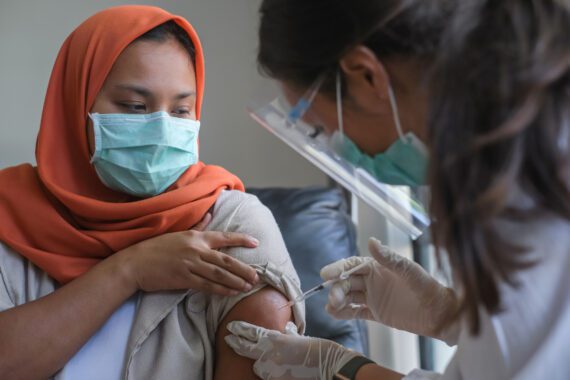Washington, D.C., September 9, 2015 – Today, the U.S. Department of Agriculture (USDA) reported that 14 percent of U.S. households were food insecure in 2014. This number is slowly declining, but remains well above the rates of food insecurity recorded before the Great Recession. The figures are part of the USDA’s annual report, Household Food Security in the United States in 2014.
“It is time to make ending hunger a national priority,” said Eric Mitchell, director of government relations at Bread for the World. “It is unacceptable that more than 17 million households in this country are struggling to put food on the table. We live in the most blessed country in the world, yet far too many people are at risk of hunger.”
The USDA defines food insecurity as “when consistent access to adequate food is limited by a lack of money and other resources at times during the year.”
Rates of food insecurity are higher than the national average for households with children, single parent households, black and Hispanic households, and low-income households, namely those with incomes below 185 percent of the poverty threshold. The threat to children is especially high – 15.3 million children lived in food-insecure households in 2014.
Nearly 1 million children lived in households in which “children were hungry, skipped a meal, or did not eat for a whole day because there was not enough money for food,” according to the USDA report. Studies show that children who are hungry and at risk of hunger are more likely to struggle in school and have an increased risk for illnesses and weakened immune systems.
Through Bread for the World’s 2015 Offering of Letters campaign, thousands of churches representing nearly 50 diverse Christian denominations throughout the U.S. have urged Congress to strengthen national child nutrition programs. The law governing these programs expires September 30.
“Congress must pass a child nutrition bill that protects individuals and families who are struggling with hunger,” Mitchell said. “We are making progress in combating food insecurity through vital programs such as SNAP, WIC, and school lunches. However, much more needs to be done to connect children at risk of hunger with the meals they need to learn and grow.”



